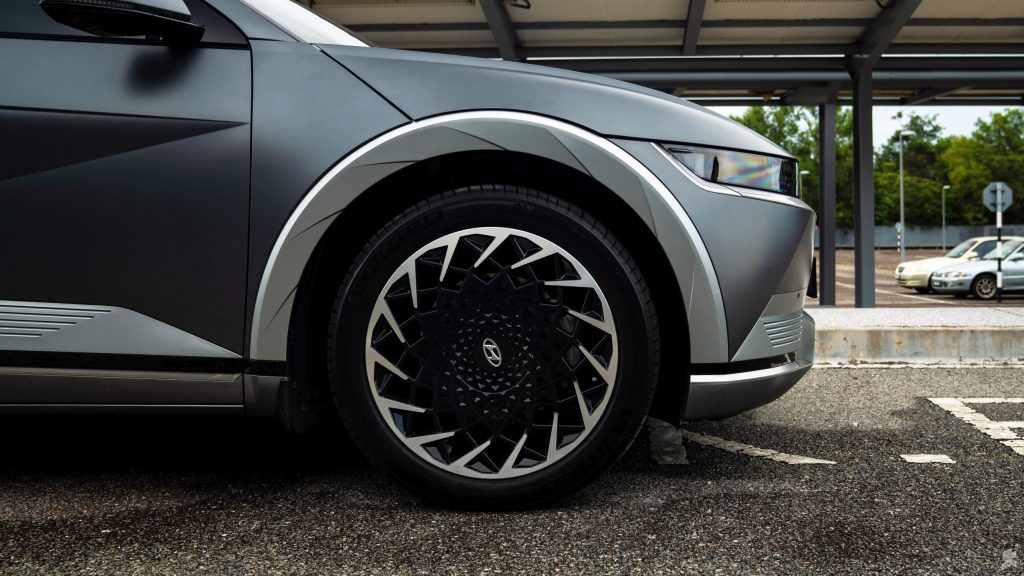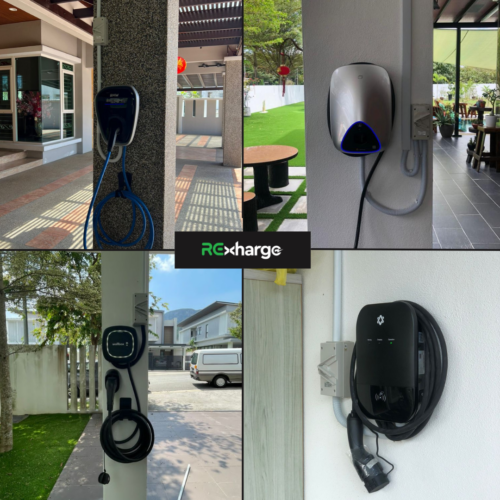Electric vehicles (EVs) are changing the way we think about driving, efficiency, and sustainability. One key feature that distinguishes EVs from traditional cars is regenerative braking—a technology that not only slows down your vehicle but also recharges your battery. For EV drivers in Malaysia, particularly those looking to maximize their range and efficiency with an EV charger in Malaysia, regenerative braking can be an essential feature. In this blog, we’ll take a deep dive into regenerative braking, explaining how it works, why it’s beneficial, and how to make the most of it in everyday driving.
What is Regenerative Braking?
In traditional gas-powered cars, braking is achieved using friction-based brakes. When you press the brake pedal, pads clamp down on the brake discs, creating friction that slows the car down. This friction generates heat, wasting the kinetic energy as the car slows down.
Regenerative braking, however, operates on an entirely different principle. When you lift your foot off the accelerator or apply the brake in an EV, the vehicle’s electric motor goes into reverse mode, converting the kinetic energy of motion back into electrical energy. This energy is then fed back into the battery, extending the range of the vehicle.

How Does Regenerative Braking Work?
As soon as you begin to decelerate, the regenerative braking system activates.
The electric motor switches direction and starts to act as a generator.
The motor converts kinetic energy into electrical energy.
The electrical energy is sent back to the battery, recharging it.
The motor’s resistance slows down the car naturally without using traditional brakes.
Types of Regenerative Braking Systems
Single-Pedal Driving (One-Pedal Driving)
In many EVs, regenerative braking is activated by simply lifting off the accelerator pedal. This allows for a “one-pedal driving” experience, where the vehicle starts braking as soon as you release the accelerator, often bringing the car to a complete stop. This approach can feel intuitive and efficient for city driving and stop-and-go traffic. Nissan Leaf is a great example of an EV that utilizes regenerative braking to offer a one-pedal driving experience. In this mode, as soon as you release the accelerator, the car slows down significantly, converting the vehicle’s kinetic energy back into stored electrical energy in the battery. Leapmotor C10 is a great example of an EV that utilizes regenerative braking to offer a one-pedal driving experience.
Brake Pedal Integration
In other systems, regenerative braking activates when you press the brake pedal. In these systems, the car uses regenerative braking first and then engages traditional brakes only if more stopping power is required. This can make for a smoother transition between regenerative and traditional braking.
Benefits of Regenerative Braking
Increased Range
By recovering energy that would otherwise be wasted as heat, regenerative braking helps extend your EV’s range. Every bit of energy returned to the battery means you’ll get more miles on each charge, which can reduce charging costs over time.
Reduced Brake Wear
Traditional brakes wear down over time, requiring regular maintenance and replacement of brake pads and discs. Since regenerative braking slows the vehicle without friction, there is less wear and tear on the mechanical brakes, saving money on maintenance.
Improved Efficiency
The regenerative braking system is highly efficient at capturing and reusing energy. The kinetic energy that would otherwise be lost in conventional braking is conserved, reducing overall energy consumption and making the EV more efficient.
Environmental Impact
By improving range and efficiency, regenerative braking helps reduce energy consumption, which is especially beneficial if the EV is powered by renewable sources. Less energy demand means a smaller carbon footprint, furthering the positive environmental impact of electric vehicles.
Does Regenerative Braking Fully Replace Friction Brakes?
No, regenerative braking does not entirely replace the need for friction brakes. Traditional brakes are still necessary for rapid deceleration or emergency stops, and in certain situations where regenerative braking may not provide enough stopping power. However, regenerative braking significantly reduces the wear on friction brakes, extending their lifespan and minimizing the need for replacement parts.

Potential Limitations of Regenerative Braking
Reduced Effectiveness at Lower Speeds
Regenerative braking is most effective at higher speeds, as there’s more kinetic energy to convert. At lower speeds, regenerative braking may not generate as much energy, and traditional brakes may be required to bring the vehicle to a complete stop.
Battery Charge Limits
If the battery is fully charged, there’s no place for the captured energy to go, so regenerative braking may not be available. This is typically managed by the vehicle’s software, which may adjust the braking system in these cases.
Conclusion: Why Regenerative Braking Matters
Regenerative braking is a standout feature in EVs that enhances both driving efficiency and sustainability. By capturing energy that would typically be lost, regenerative braking contributes to extending driving range, reducing brake wear, and lowering the environmental footprint of electric vehicles.
If you’re looking to optimize your EV experience even further, having a reliable home or commercial charging station can be invaluable. That’s where RExharge comes in. As a trusted EV charger installer in Malaysia, RExharge offers high-quality installation and support services tailored to meet the needs of EV owners. With RExharge, you can drive confidently, knowing you have dependable access to EV charging solutions that keep you on the road efficiently and sustainably. Contact RExharge for your EV charging needs and maximize the potential of your electric vehicle—one charge, and one stop, at a time.



